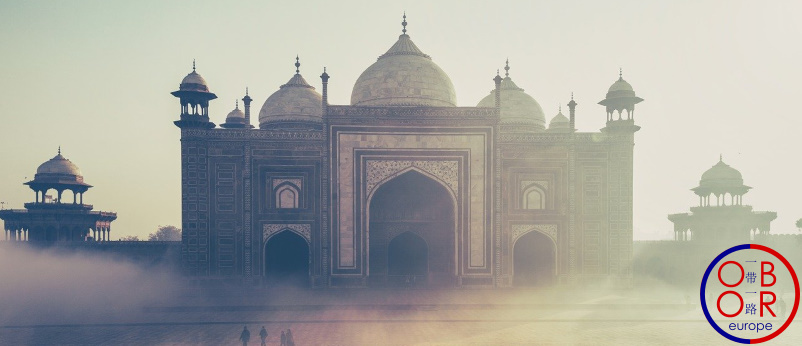
During the recent meeting between Donald Trump and Narendra Modi, the two heads of state spoke of India’s possible participation in the “Blue Dot Network” program. This network was launched by the United States in cooperation with Japan and Australia in November 2019.
When launched, this program appeared to be relatively vague, and was considered primarily as an instrument to assess connectivity projects in the Indo-Pacific region.
Today, we know a bit more about the “Blue Dot Network”. It can still be described as an assessment program for the infrastructure construction projects, opened to countries, public and privates companies and NGOs. The evaluation criteria will respond to international principles of governance such as the G20 principles for quality infrastructure investment, the G7 Charlevoix commitment on innovative financing for development, and the Equator principles. Emphasis will be placed on transparency, fight against corruption and local communities engagement.
A second aspect, still to be defined, will concern access to finance for infrastructure projects.
The newly created US International Development Finance Corporation (IDFC) with a $60 billion fund, will be the main financial vehicle of the Blue Dot network.
It should be noted that in his draft budget 2021, President Trump indicated that he wanted to reduce foreign aid, while increasing the budget of the IDFC, which shows the importance of the “Blue Dot Network” project for the current US administration.
However, this new program would not finance major infrastructure, but support the development of smaller projects, and thus differentiate itself from the Chinese BRI.
The Blue Dot network and the BRI
This US project is therefore a direct tentative response to the Chinese BRI. The two programs aim to strengthen connectivity in Asia, a continent suffering from a major infrastructure deficit, as noted by the Asia Development Bank.
To attract other countries in this initiative, the United States highlights the participation of private companies and the respect for international standards in the Blue Dot network, which would differentiate it from the BRI.
However, if the Chinese initiative, at its inception, suffered from a lack of transparency and sustainability, the project has evolved. Due to the increasing funding of international banks in the BRI, the new developed projects very largely meet international criteria. China is concerned about making its projects transparent and respectful of the environment, as President Xi Jinping recalled at the 2nd BRI summit in April 2019.
The major difference between the BRI and the “Blue Dot Network” is that the Chinese initiative is today more advanced than the “Blue Dot Network” which still seems to be in its infancy.
Despite soothing statements, the “Blue Dot Network” has a strong geopolitical dimension, and is the consequence of a Sino-American confrontation. We can thus notice that although the “Blue Dot Network” is a multilateral project bringing together the United States, Japan and Australia, it is President Trump, and he alone, who invited India to join the group . Japan and Australia seem to be less willing to rush in this new initiative, as many Japanese companies are already benefiting from the BRI.
The “Blue Dot Network” should therefore become one of the many development tools that can be use by Asian states to achieve development.
India and the “Blue Dot” network
In their joint statement, President Donald Trump and Narendra Modi expressed interest in cooperating on infrastructure projects. For India, it is important to continue to infrastructure modernization in order to address regional inequality issues and create new growth opportunities. The “Blue Dot Network” would also enable New Delhi to advance its own “Act East policy” strategy. This policy, developed in 2014, aims to strengthen cooperation between India and its Southeast Asian neighbors. However, success has been limited mainly to the defence sector. For New Delhi, the “Blue Dot Network” could create new exchanges with neighbors.
However, India remains hesitant about a possible participation, and awaits more technical details on this program. China is India’s second economic partner, and therefore New Delhi remains interested in the BRI, but cannot officially join the Chinese initiative because of the Kashmir issue.
For all parties, and in order to ensure the development of Asian countries, greater coordination between BRI and the “Blue Dot network” needs to be achieved. Competition from the “Blue Dot” Network” would only threaten development projects in Asia.
